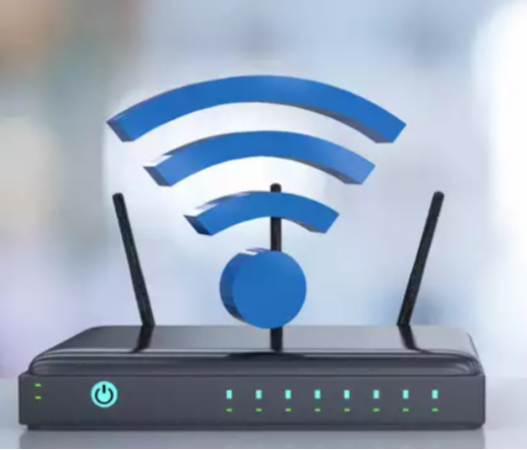
New Delhi: In a groundbreaking stride towards the future of wireless communication, the innovative LiFi, or Light Fidelity, technology has emerged, poised to revolutionize data transmission methods. LiFi employs visible light waves instead of traditional radio waves to facilitate wireless communication, signifying a transformative leap in connectivity.
The fundamental concept behind LiFi lies in the modulation of LED light intensity at extraordinary speeds, enabling the transmission of data. These light signals are then received by a photodetector, seamlessly converting them back into electrical signals, thus facilitating high-speed data transfer.
LiFi has been demonstrated to achieve mind-boggling speeds, reaching up to 100 times faster than the current Wi-Fi standard. Remarkable tests have showcased data transfer rates reaching a staggering 224 gigabits per second, promising an unprecedented era of connectivity.
The technology offers several noteworthy advantages:
1. Blazing Data Transfer Speeds: The hallmark of LiFi is its ability to achieve data transfer speeds that dwarf conventional Wi-Fi capabilities. With rapid information exchange, tasks that once consumed significant time will now be executed in mere seconds.
2. Enhanced Security and Privacy: LiFi's utilization of light waves renders it less susceptible to interference, elevating the security and privacy aspects of data transmission. The reduced risk of unauthorized access bolsters the appeal of LiFi for applications requiring enhanced protection.
3. Energy Efficiency for Sustainability: By harnessing LED lights, renowned for their energy efficiency, LiFi presents the potential to alleviate reliance on traditional power sources. The technology's low energy consumption aligns with sustainability goals, making it an appealing prospect for environmentally conscious endeavors.
Also read: Meta Unveils AudioCraft: An Open-Source AI Tool Revolutionizing Music and Audio Creation
While LiFi is still in its early stages of development, its extraordinary capabilities have ignited immense excitement within the tech community. Envisioned as a viable solution for areas with limited Wi-Fi accessibility or where traditional connectivity faces challenges, LiFi promises to bridge the digital divide.
The potential applications of LiFi are manifold, extending beyond personal use to commercial and industrial domains. From providing high-speed internet connectivity in homes and offices to establishing secure and private networks for sensitive data transmission, LiFi has sparked a wave of curiosity and innovation.
While the technology continues to evolve, researchers and developers are actively exploring the diverse possibilities that LiFi unlocks. As LiFi inches closer to real-world integration, industries and consumers alike eagerly anticipate the enhanced connectivity, efficiency, and security that this cutting-edge technology promises.
Also read: Elon Musk Advocates for Lower App Store Fees on Twitter's Subscription Service
As the world witnesses this breakthrough in wireless communication, the advent of LiFi heralds a transformative chapter in the digital landscape. With its unprecedented potential, LiFi sets a course towards an interconnected future that promises greater speed, security, and sustainability, propelling society into the next era of wireless communication.